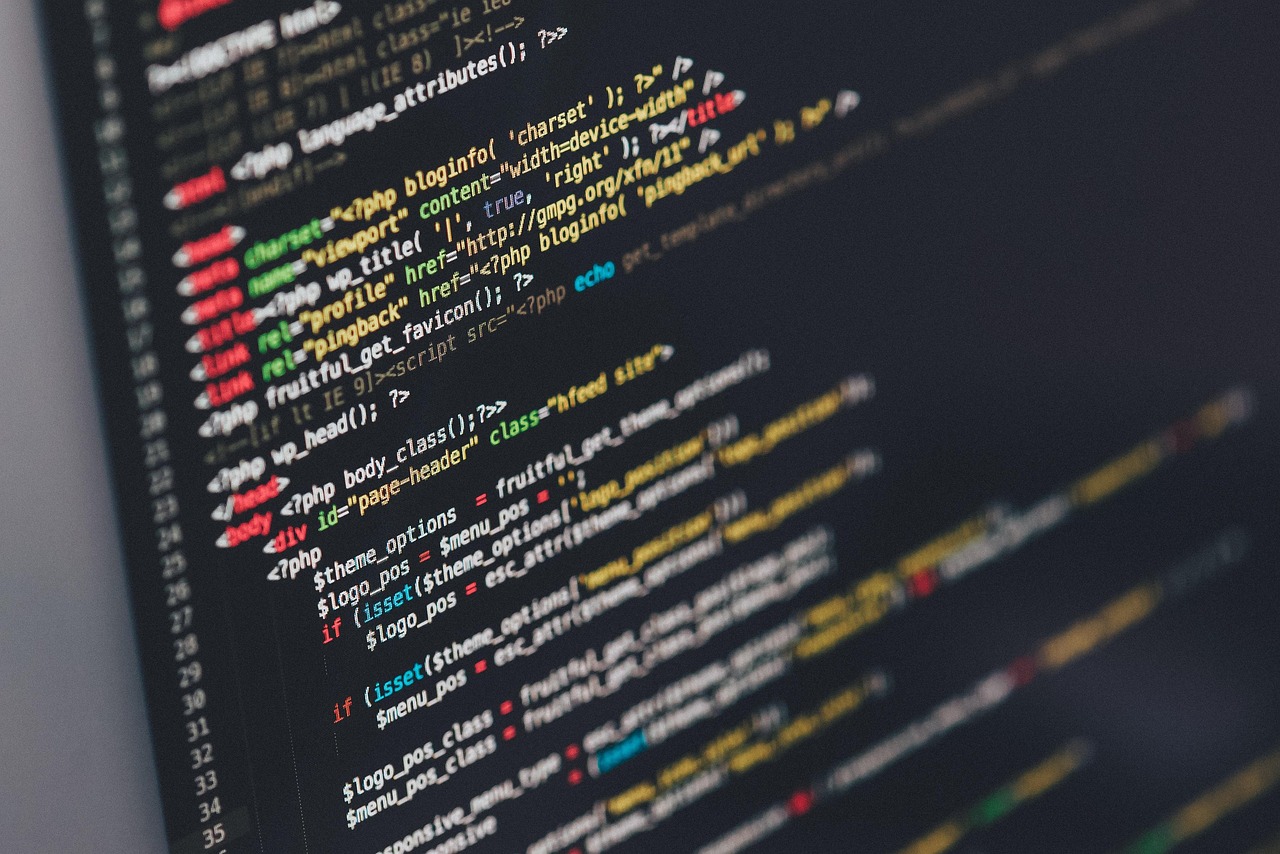AI code completion is rapidly transforming the software development landscape, boosting programmer productivity and reducing errors. This technology leverages machine learning to predict and suggest code snippets, entire functions, or even complete programs based on the context of the code you’re writing. As AI models become more sophisticated, code completion tools are evolving from simple keyword suggestions to intelligent, context-aware assistants. This comprehensive guide will explore the intricacies of AI code completion, its benefits, how it works, and its impact on the future of software development.
What is AI Code Completion?
Understanding the Core Concept
AI code completion uses machine learning models, often trained on vast amounts of open-source code, to predict the next line, or block of code, a developer is likely to write. These models identify patterns, learn from existing codebases, and adapt to different coding styles and languages. Instead of just offering basic syntax suggestions, AI-powered tools understand the semantic meaning of the code, offering more relevant and accurate recommendations.
How it Differs from Traditional Auto-Completion
Traditional auto-completion, available in most IDEs, relies on pre-defined rules and keyword matching. It primarily suggests syntax-related options or variables within the current scope. AI code completion goes beyond this by:
- Analyzing the entire codebase, not just the current file.
- Understanding the context of the code being written.
- Learning from previously written code and coding patterns.
- Suggesting complete code blocks, functions, or algorithms.
For example, traditional auto-completion might suggest variable names starting with “my,” while AI code completion might suggest the complete function call `my_function(argument1, argument2)` with appropriate arguments based on the function’s definition and the surrounding context.
Benefits of Using AI Code Completion
Increased Productivity
One of the most significant benefits of AI code completion is the substantial boost in developer productivity. By automating repetitive tasks and reducing the need to manually type out lengthy code snippets, developers can focus on more complex problem-solving and design tasks.
- Faster coding: Suggestions speed up the coding process.
- Reduced typing: Less time spent manually typing code.
- Improved workflow: Seamless integration into existing development environments.
- Faster prototyping: Quickly generate code blocks for initial testing.
A study by GitHub found that developers using their AI-powered Copilot tool accepted around 26% of code suggestions, leading to noticeable improvements in coding speed and efficiency.
Reduced Errors and Improved Code Quality
AI code completion can help reduce errors and improve the overall quality of the code. By suggesting syntactically correct and semantically relevant code, developers are less likely to introduce bugs.
- Syntax error prevention: AI suggests valid syntax, reducing syntax errors.
- Semantic error detection: AI understands context and suggests appropriate code, reducing semantic errors.
- Improved code consistency: AI promotes consistent coding styles and patterns.
- Enhanced code readability: AI-generated code is often well-formatted and easy to understand.
Learning New Languages and Frameworks
AI code completion can be a valuable learning tool for developers who are new to a programming language or framework. The suggestions can help them understand the correct syntax and usage of different functions and libraries.
- Accelerated learning: Quickly grasp the basics of a new language.
- Discovering new libraries: AI can suggest useful libraries and functions.
- Understanding best practices: Learn from the coding patterns suggested by AI.
- Reducing the learning curve: Overcome initial hurdles with ease.
For instance, a developer learning React can use AI code completion to quickly understand how to create components, handle state, and manage events without constantly referring to documentation.
How AI Code Completion Works
The Machine Learning Model
The heart of AI code completion lies in its machine learning model. These models are typically trained on massive datasets of code, often consisting of open-source projects from platforms like GitHub. The model learns to predict the next token (word, character, or symbol) based on the preceding code.
Training Data and Algorithms
Several machine learning algorithms are used in AI code completion, including:
- Recurrent Neural Networks (RNNs): Effective at processing sequential data like code.
- Transformers: Advanced models that can capture long-range dependencies in code, improving context understanding.
- Large Language Models (LLMs): State-of-the-art models with billions of parameters, capable of generating highly accurate and relevant code suggestions.
The training process involves feeding the model large amounts of code and allowing it to learn the patterns and relationships between different code elements. The model is then evaluated and refined to improve its accuracy and performance.
Contextual Understanding
A crucial aspect of AI code completion is its ability to understand the context of the code being written. This involves analyzing the surrounding code, variable names, function definitions, and comments to determine the most likely and appropriate code suggestions.
For example, if a developer is writing a function to calculate the average of a list of numbers, the AI code completion tool might suggest using the `sum()` function and dividing by the length of the list. It would also consider the data types of the variables involved and suggest appropriate type conversions if necessary.
Popular AI Code Completion Tools
GitHub Copilot
GitHub Copilot, powered by OpenAI Codex, is one of the most popular and powerful AI code completion tools available. It integrates seamlessly with popular IDEs like Visual Studio Code and offers a wide range of features, including:
- Context-aware suggestions: Provides accurate and relevant code suggestions based on the surrounding code.
- Function completion: Suggests entire functions based on comments or function names.
- Unit test generation: Helps generate unit tests for code.
- Multi-language support: Supports a wide range of programming languages.
Tabnine
Tabnine is another popular AI code completion tool that offers both cloud-based and self-hosted options. It also provides advanced features such as:
- Team training: Train the AI model on your team’s codebase for more personalized suggestions.
- Privacy and security: Options for controlling data sharing and ensuring code privacy.
- Open-source support: Support for open-source projects and frameworks.
Kite
Kite is a free AI code completion tool that integrates with various IDEs and editors. It focuses on providing intelligent code completions, documentation lookups, and code examples.
- Automatic documentation: Provides instant access to documentation for libraries and functions.
- Code examples: Suggests code examples based on the current context.
- Real-time suggestions: Provides real-time code suggestions as you type.
Conclusion
AI code completion is revolutionizing software development, offering significant benefits in terms of productivity, code quality, and learning. As AI models continue to evolve, these tools will become even more powerful and integrated into the development workflow. By understanding how AI code completion works and leveraging its capabilities, developers can unlock new levels of efficiency and innovation. Embracing these technologies is no longer a question of “if,” but “when” and “how” to best integrate them into your software development process. The future of coding is undoubtedly intertwined with the advancements in AI code completion, promising a more efficient and productive landscape for developers worldwide.




